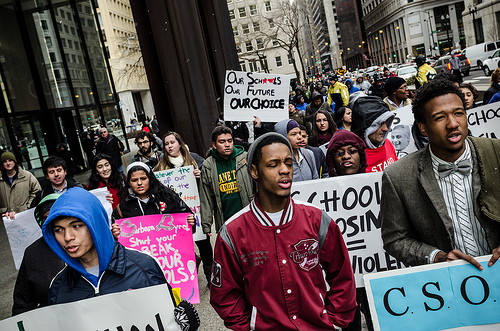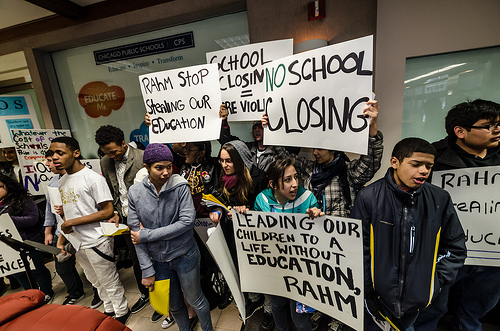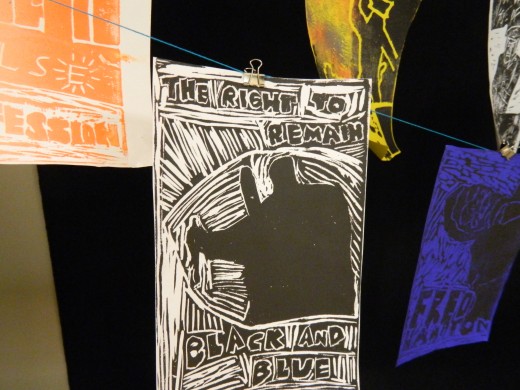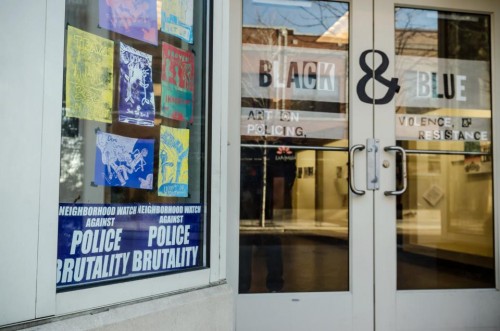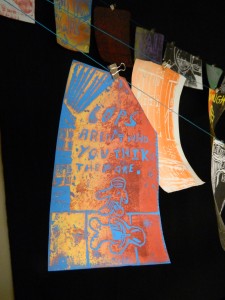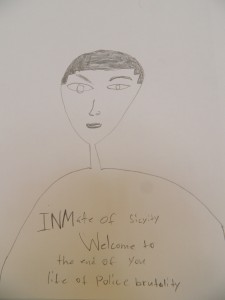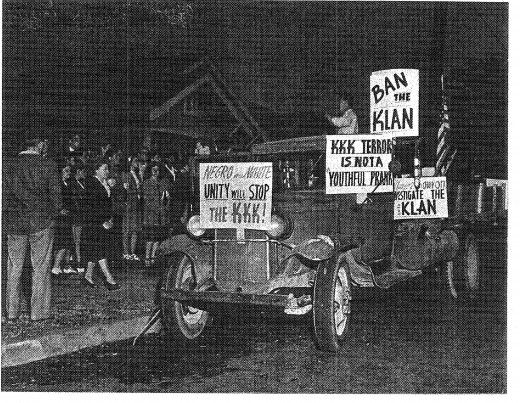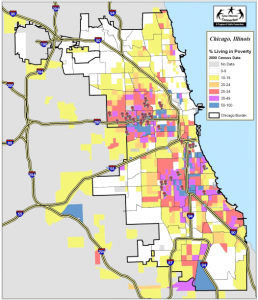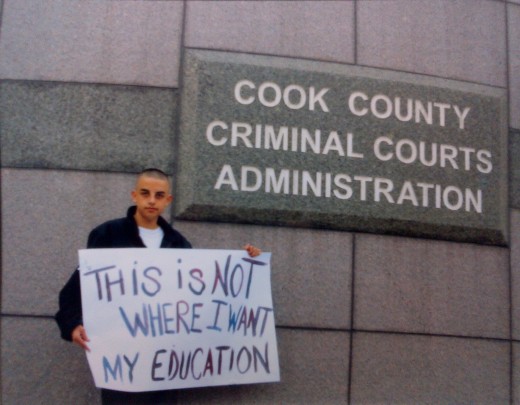Rahm’s City in Ruins… By His Own Hand
This August, it will be 18 years since I moved to Chicago from my hometown of New York City. I can hardly believe that I’ve been here this long. I moved here for graduate school and never expected to stay. But Chicago is a city that grows on you. I’ve come to love this place. Not as much as I love New York where I was born and where much of my family still lives. But it’s a close second in my heart now.
When Rahm Emanuel announced that he would run for Mayor of Chicago. I had a viscerally negative reaction. I ranted to anyone and everyone that he was a corporatist who would seek to further privatize the commons. I supported his opponent Miguel Del Valle in the primary. I believe that the city would be in much better shape had Del Valle won but the truth is that I would have voted for almost anyone besides Emanuel.
Now we find ourselves under constant and coordinated assault by Emanuel and his allies in the business community. He closed down six mental health clinics last year with a promise to target more. The Chicago Transit Authority (CTA) decided to increase its fares and Emanuel responded that riders who were unhappy should consider driving instead. In just a few weeks, the CTA will close all red line stops from Cermak to 95th street for 5 months effectively cutting off much of the Southside from the rest of the city. Emanuel is pushing a new mandatory minimum gun bill (HB2265/SB1003) designed to spike the prison population by nearly 4,000 in the next decade and costing us nearly $1 billion more in state prison funding. And the coup de grace is his recently announced decision to close 54 Chicago Public schools on the West and South sides of the city. He has been called the “Murder Mayor.” The title is earned and well-deserved.

